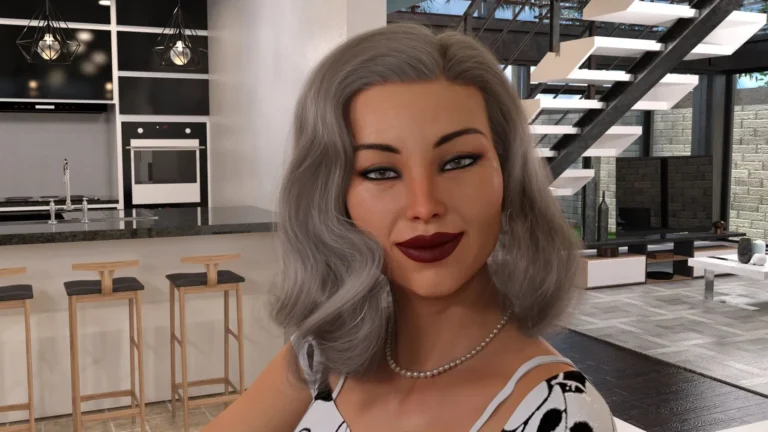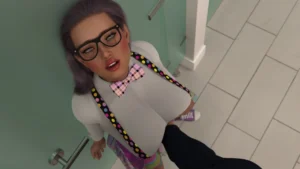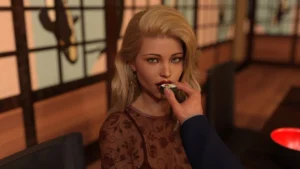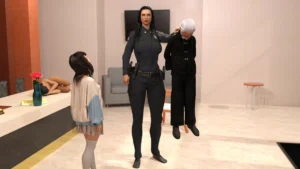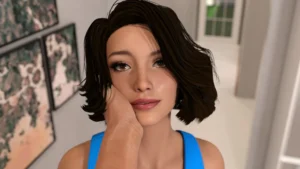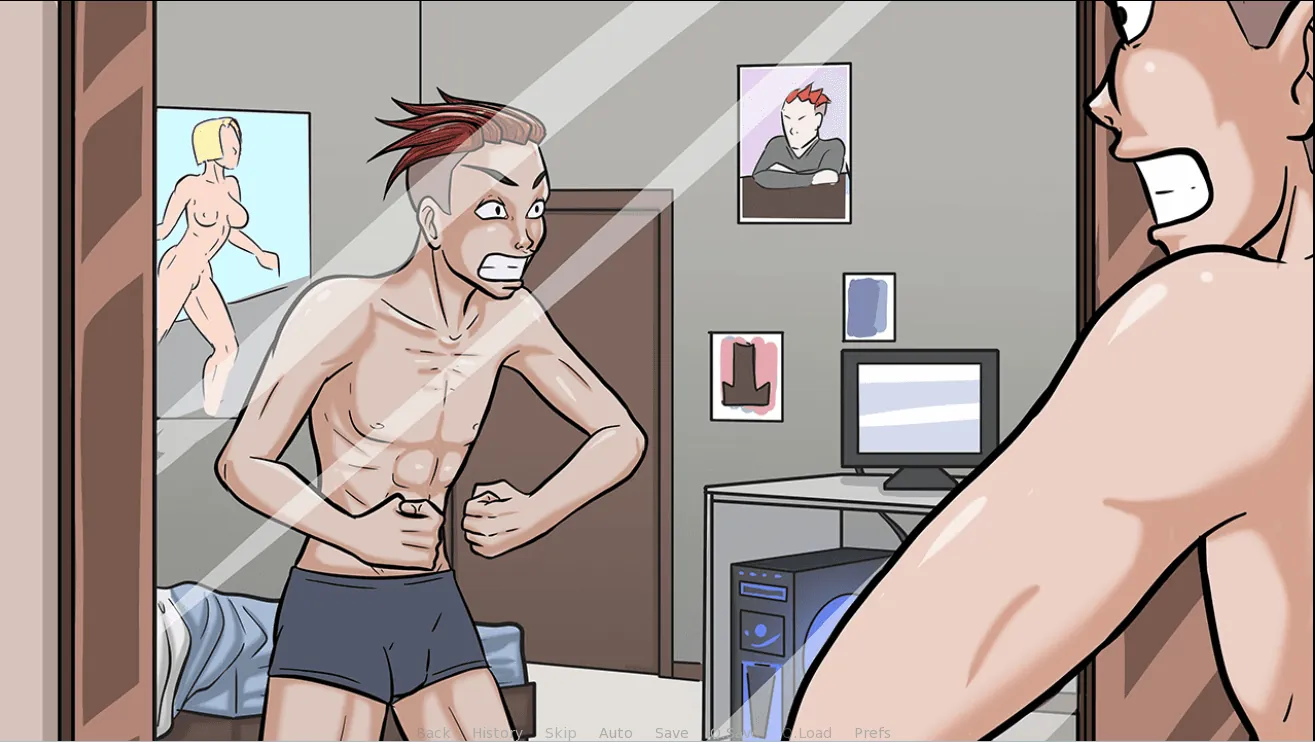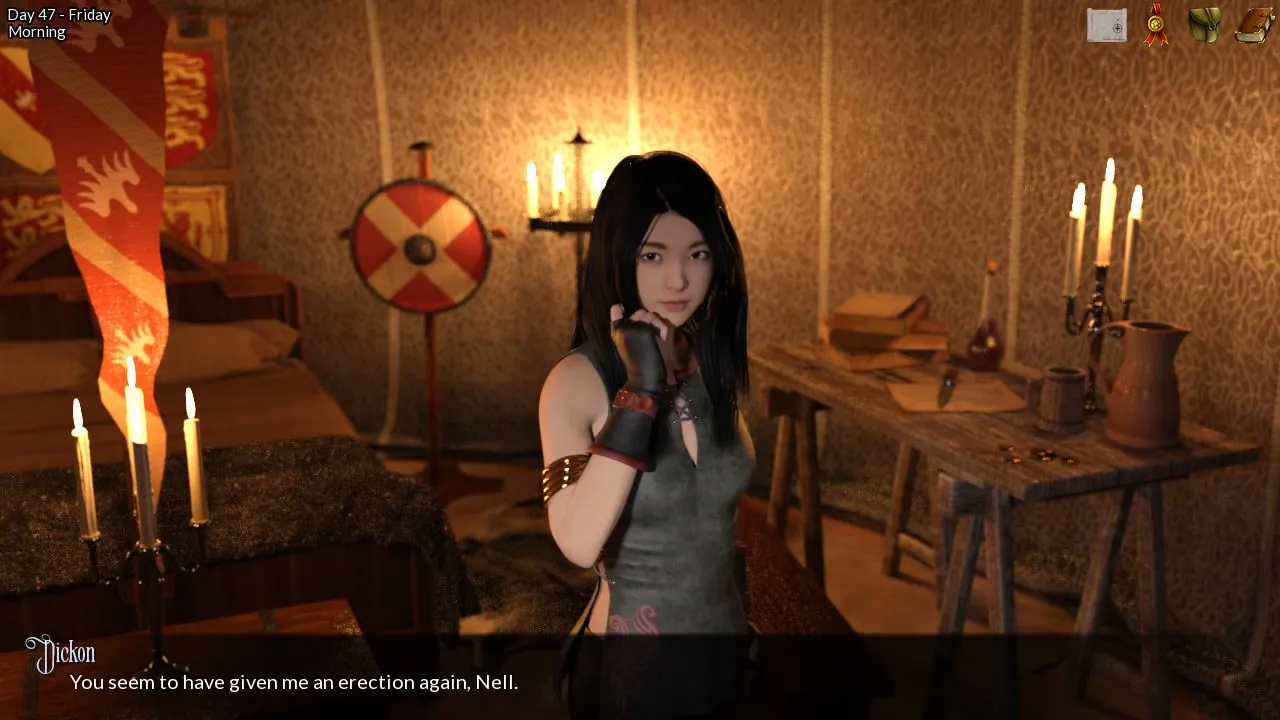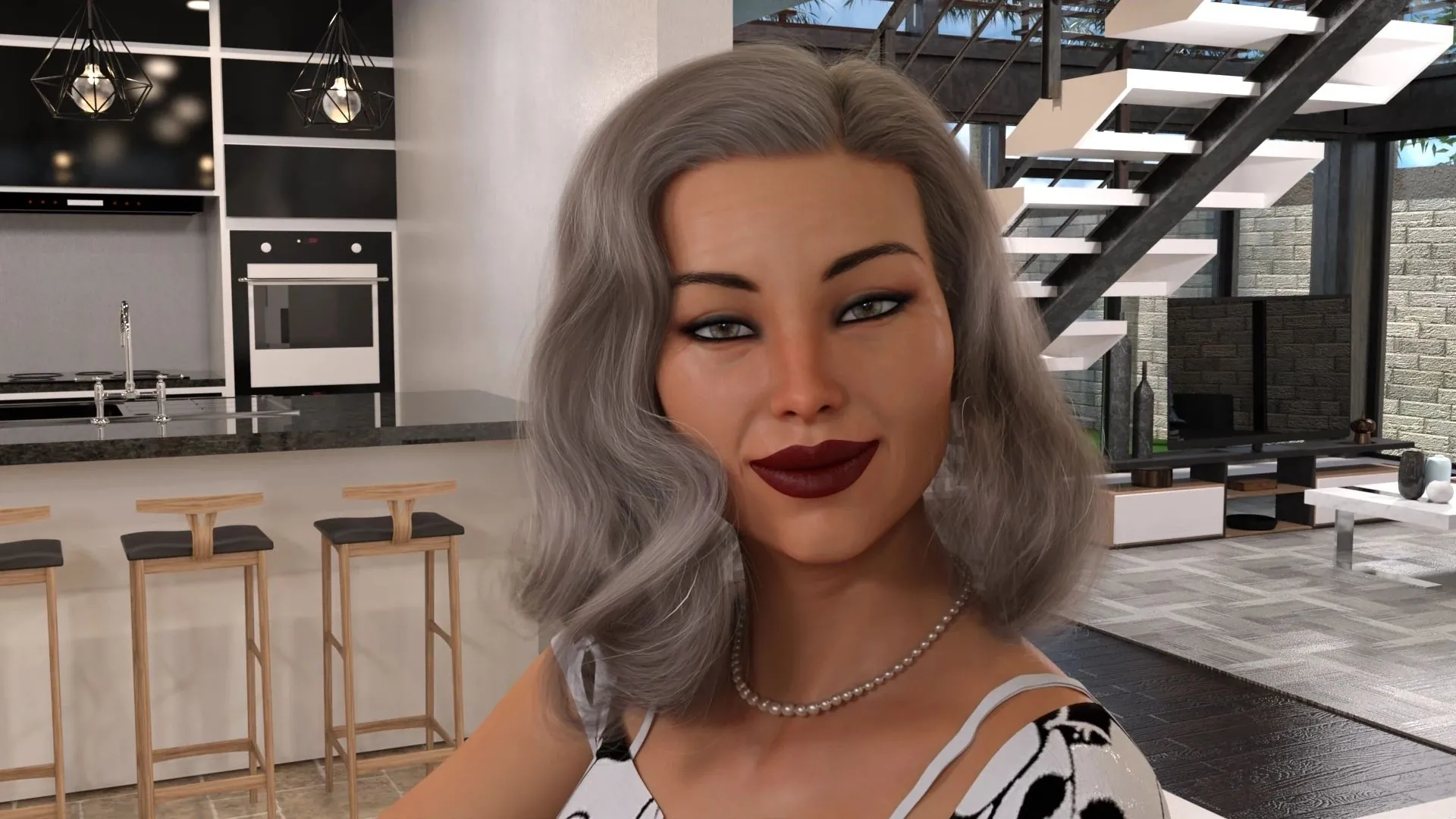
Grandma’s House
Play Grandma’s House
Grandma’s House review
Explore Gameplay, Characters, and Unique Features of Grandma’s House
Grandma’s House is a distinctive adult-themed interactive game that blends storytelling with immersive gameplay. This guide dives into the core aspects of Grandma’s House, from its character development to gameplay mechanics, offering insights and practical tips for players. Whether you’re new or curious about what sets this game apart, you’ll find valuable information to enhance your experience.
Understanding Grandma’s House: Gameplay and Storyline
What Is Grandma’s House About?
Picture this: You’re stuck in a sleepy town for the summer, staying at your grandmother’s creaky old house. 🌳 What starts as a boring family obligation turns into a whirlwind of complex relationships, secrets, and personal growth. That’s the heart of Grandma’s House game—a groundbreaking interactive adult game where you navigate intimate connections through subtle choices and patient bonding. Unlike typical romance games, this one forces you to slow down. Rushing conversations or pushing physical boundaries? Big mistake. 💥 Trust is currency here, and every interaction with characters like free-spirited Polly or guarded Nana (Allie) reshapes your journey.
I remember my first playthrough—I bombarded Polly with flirty dialogue, thinking it’d speed things up. Instead, she shut down completely! 😅 That’s when I realized Grandma’s House storyline thrives on realism. It mirrors how genuine relationships unfold: awkward small talks, shared chores, and vulnerable moments over tea. ☕ The game’s brilliance? Making boredom meaningful. Watering plants or helping Nana cook aren’t filler tasks—they’re chances to observe quirks and build rapport organically.
Pro Tip: Treat interactions like real life—listen more than you talk. Early patience unlocks deeper story arcs!
Core Gameplay Mechanics
At its core, Grandma’s House gameplay revolves around three pillars: decision-making, exploration, and character-driven interactions. Forget combat or puzzles—your toolkit is empathy and observation. 🕵️♂️ Each day, you roam the house and garden, triggering events through contextual choices. For example:
– Chat with Polly about her art 🎨 (builds creativity-based trust)
– Help Nana sort old photos 🖼️ (reveals backstory snippets)
– Join late-night porch talks 🌙 (unlocks hidden fears)
Player choices Grandma’s House are deliberately low-stakes but high-impact. Choosing what to say matters less than when you say it. During one playtest, I interrupted Polly mid-painting—she snapped at me! 😤 But when I waited quietly, she later confessed her artistic insecurities. That’s the magic: tiny decisions ripple into emotional payoffs.
Exploration isn’t just clicking hotspots. Reading diaries, spotting hidden mementos, or noticing a character’s favorite snack 🍪 can inform your approach. The interface keeps it simple:
– Dialogue wheels with tone-based options (supportive, curious, playful)
– Relationship meters that visually track trust (no numbers—just subtle cues like eye contact)
– Time management—prioritize who to engage with before sundown! ⏳
Narrative and Character Development
Character development in Grandma’s House feels unnervingly human. Take Allie (Nana): stern but tender, hiding grief behind busywork. Push too hard about her past? Walls go up. But help her garden daily? She shares stories about lost loves. 🌹 Then there’s Polly—a bubbly artist with chaotic energy. Compliment her paintings? She beams! 😊 Criticize? She retreats for days. Their personalities aren’t just flavor text; they dictate how you must engage.
The Grandma’s House storyline unfolds through vignettes, not cutscenes. Forget plot armor—forgot Polly’s birthday? She’ll cold-shoulder you until you make amends. 😢 I learned this after ignoring her for three in-game days to focus on Nana. Big regret!
What sets this apart as a slow relationship building game is pacing. Relationships evolve through:
1. Discovery (noticing Polly hates rainy days)
2. Testing (gifting her a sketchbook during a storm)
3. Vulnerability (her admitting art is her escape)
| Character | Key Traits | Progression Triggers |
|---|---|---|
| Allie (Nana) | Guarded, nurturing, nostalgic | Shared chores, quiet moments, respecting boundaries |
| Polly | Creative, impulsive, insecure | Art-related activities, playful banter, giving space |
| Mira (Neighbor) | Mysterious, observant, dry humor | Night walks, cryptic questions, patience |
Player agency shines in how you define relationships. In my chaotic save file, Polly and I became platonic confidants. In another? A slow-burn romance sparked after weeks of stargazing. ✨ The game never judges—it adapts.
Insight: There are no “wrong” choices, only consequences. Mess up? Apologize sincerely or try again next playthrough! 🔄
This depth makes Grandma’s House game a masterclass in storytelling. You’re not just selecting options—you’re learning to read people. And honestly? That’s a skill that sticks with you long after closing the game. 💖
Grandma’s House offers a unique blend of storytelling and interactive gameplay that emphasizes character trust and slow relationship development. Its thoughtful pacing and detailed character arcs provide an engaging experience for players seeking depth in adult-themed games. Whether you enjoy exploring complex narratives or making meaningful choices, Grandma’s House delivers a memorable journey. Dive in and discover the layers behind its immersive world.
